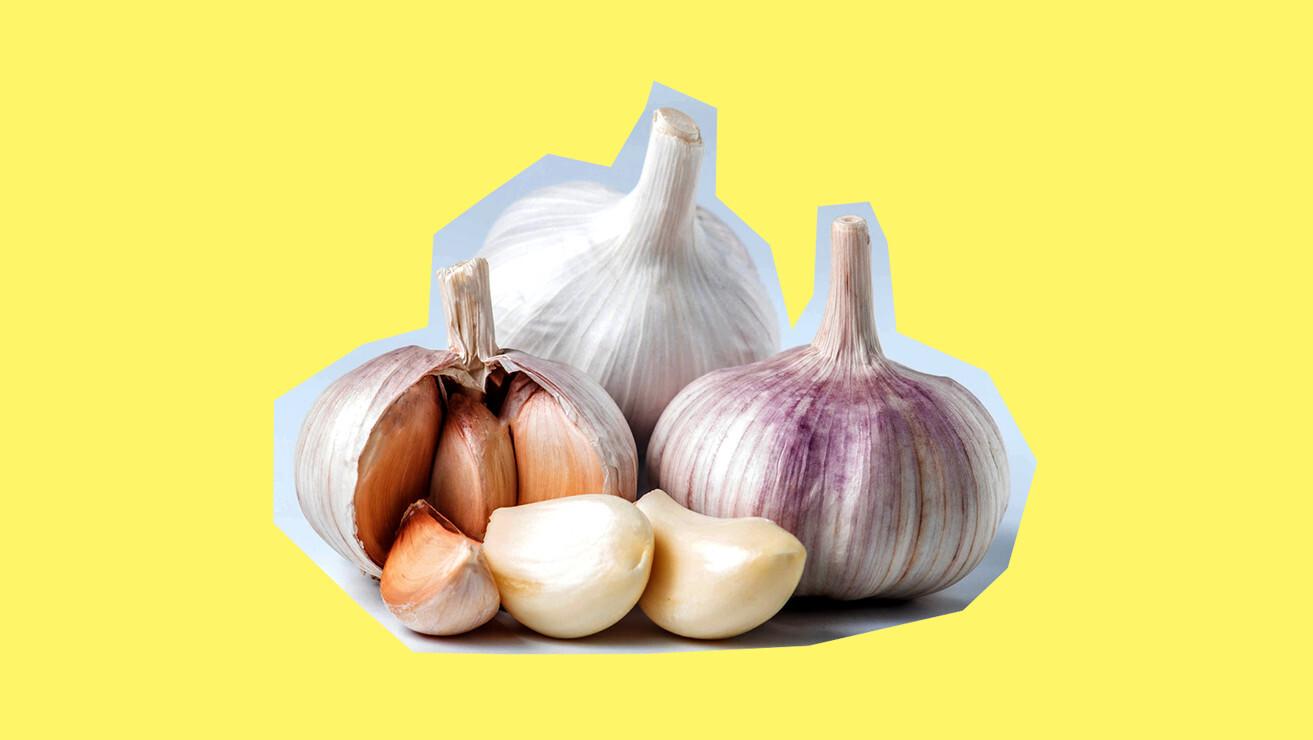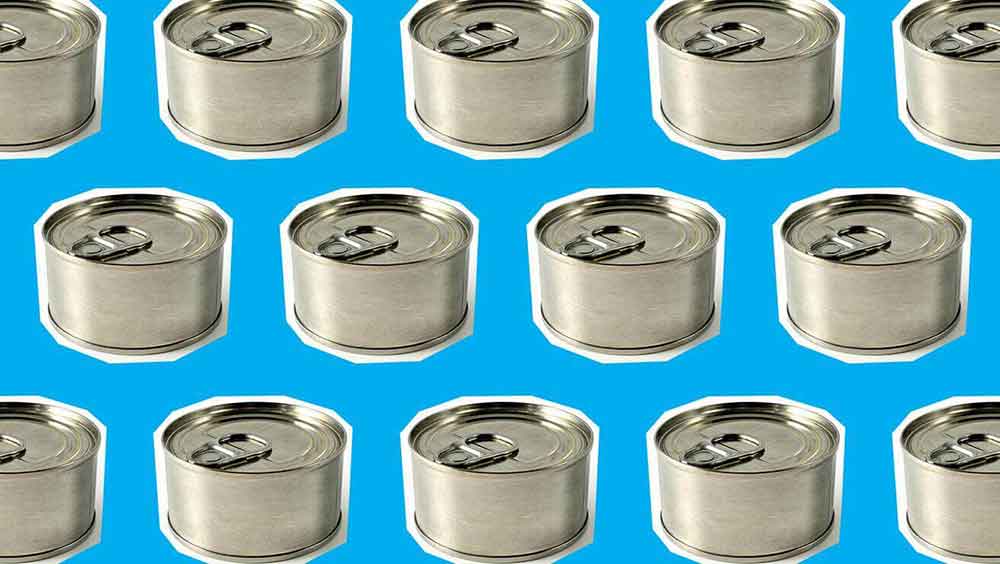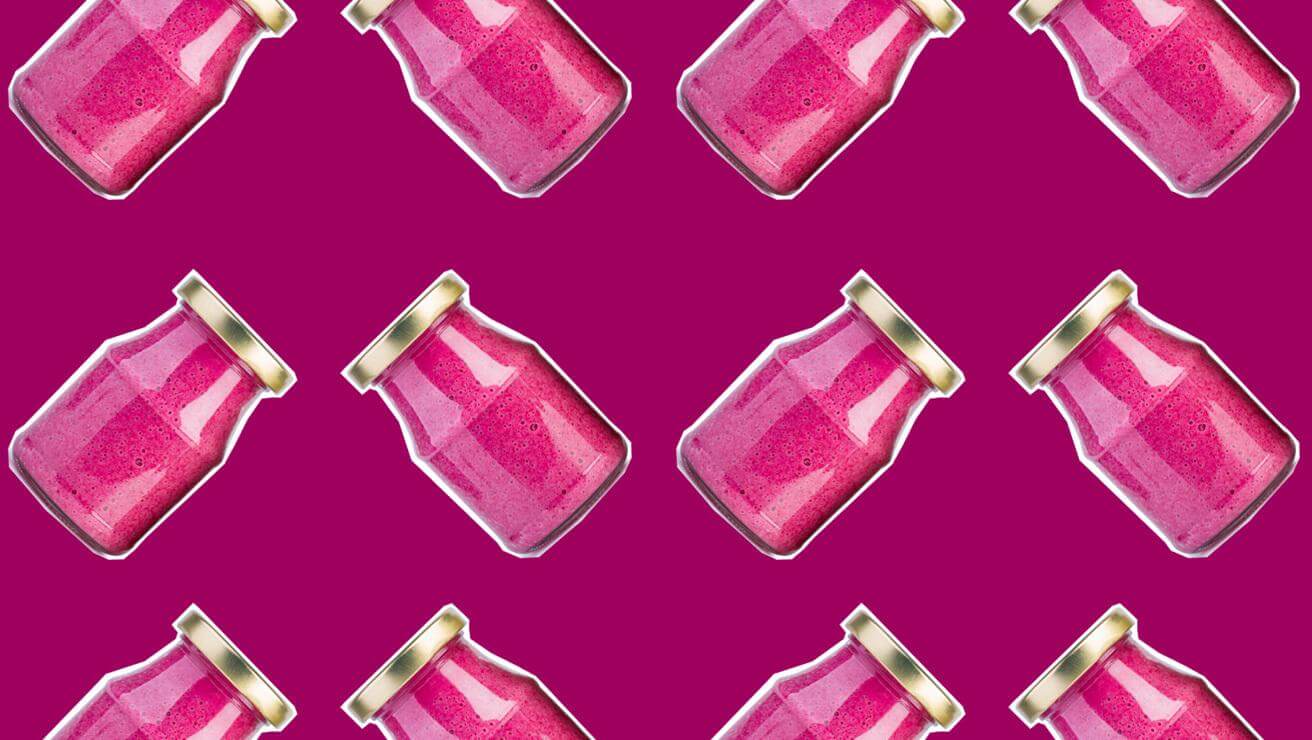Not to worry though. Of all the things that cause bad breath, 80% are right under our noses—in the foods we eat. Here’s a look at some of the key offenders:

1. Garlic
While it’s not surprising garlic would make the list, what might shock you is how garlic can leave its sulfuric mark on more than just your tongue. Garlic is also absorbed into your bloodstream, enabling a secondary wave of odor to make its way into your lungs, where it can freely escape through the mouth. Once absorbed, garlic then emits a bitter scent from your pores. None of this, however, should be reason to swear off garlic completely. Just try not to overdo it and, when you’re finished, flush your mouth of garlic residue by brushing and flossing. Also remember to rinse twice daily.

2. Onions
Similar to garlic, the odor of onions lingers long after you’ve finished eating them. That’s because they both contain sulfuric compounds that get absorbed into your bloodstream and return when you least expect it. Give yourself an extra layer of protection by brushing, flossing and rinsing.

3. Dairy
Milk may do a body good, but it can dirty a mouth. That’s because naturally occurring bacteria from your tongue feeds on the amino acids in milk and cheeses, resulting in an odor that is foul and unattractive.

4. Canned Tuna
No one is ever going to confuse the scent of fish with, say, honeysuckle. But something about canned tuna takes stink to a whole new level. Seafood naturally starts to become sour smelling and rank as it oxidizes, a process that is somehow exacerbated by the process of storing it in a dark, metallic can.

5. Horseradish
When the one thing that gives a plant its distinctive flavor is also its natural defense against hungry animals, you know the byproduct will linger after the plant has been digested. Such is the case with horseradish. The chemical compound isothiocynate is what allows this common root vegetable to give cocktail sauces, dressings and breath a unique flavor and smell.




